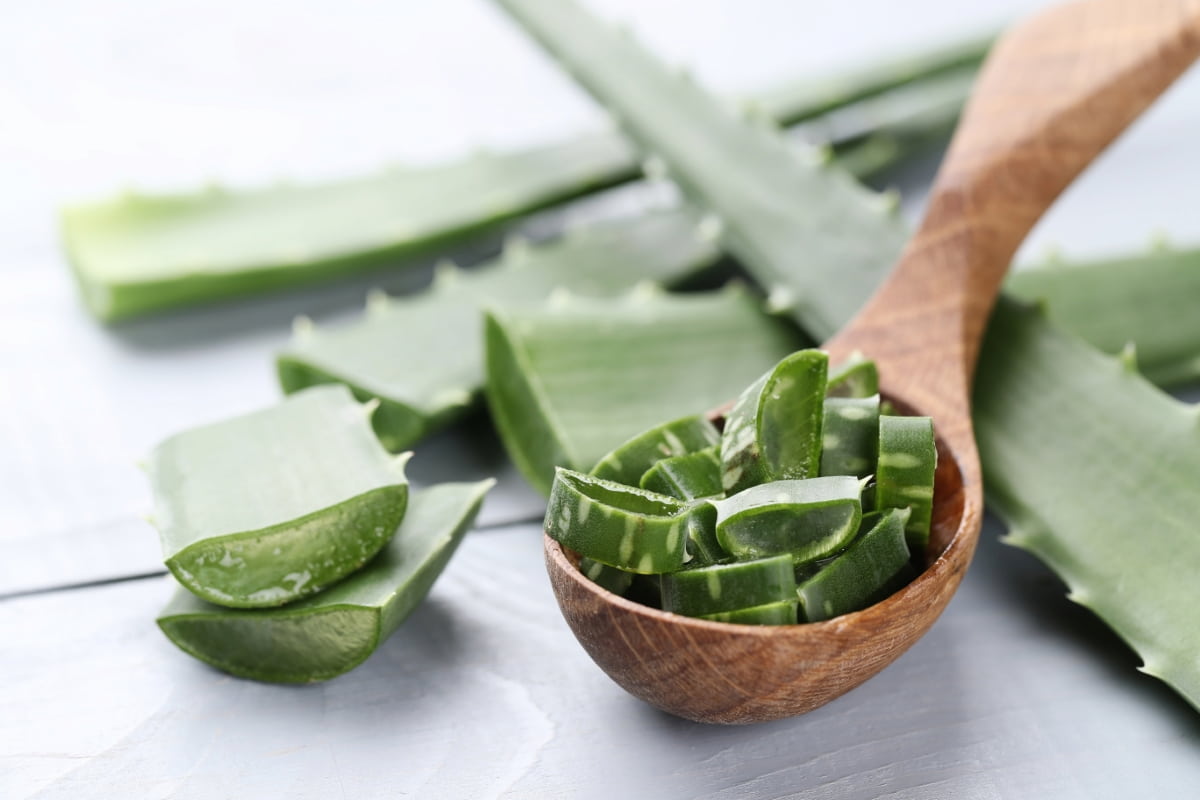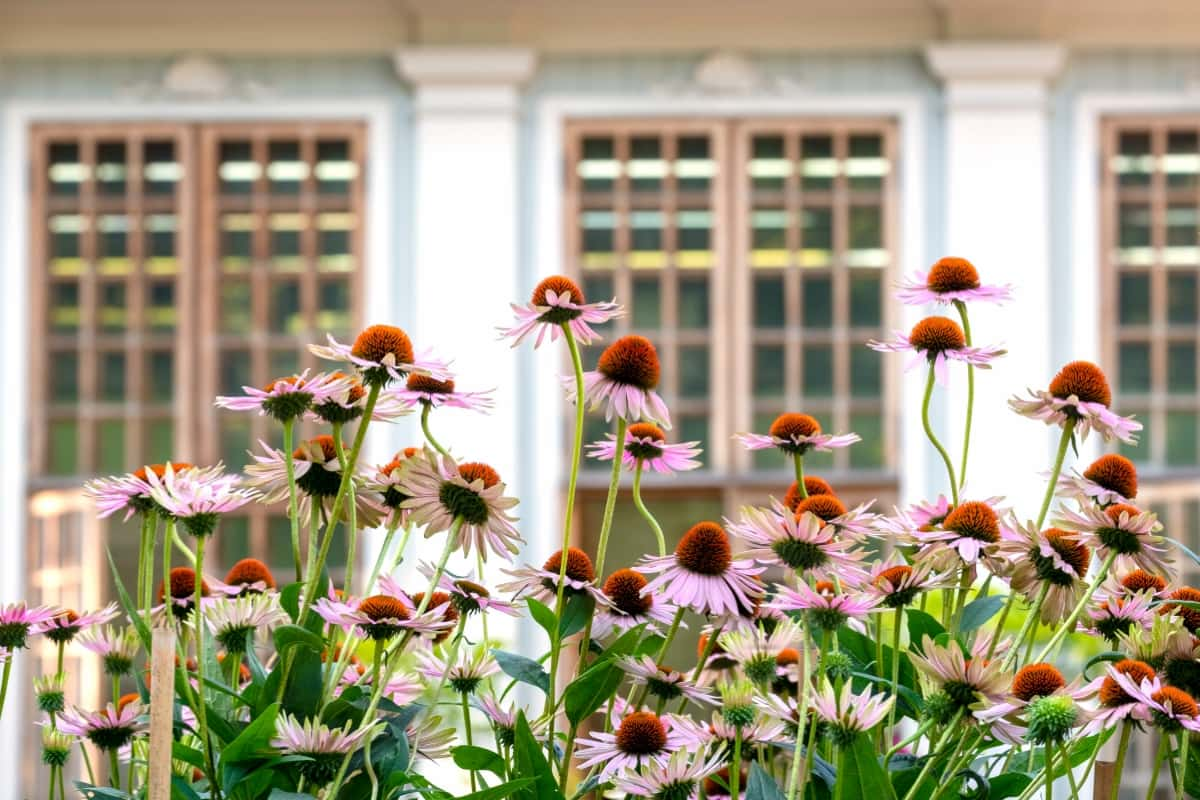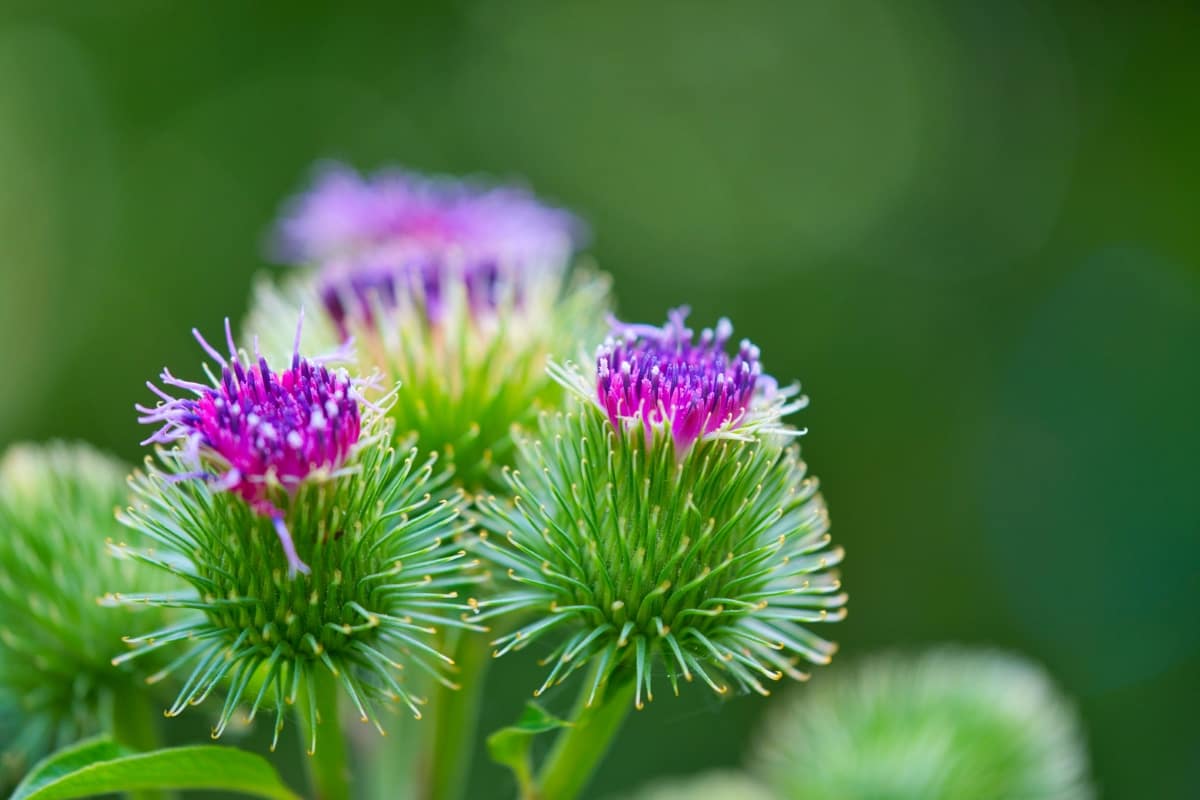Embarking on the journey to grow skincare plants at home can be a rewarding experience. These plants not only enhance your home’s aesthetic appeal but also offer numerous benefits for skin treatment. Utilizing the best herbs for skin whitening, skin regeneration, and glowing skin can be both economical and therapeutic.
When selecting plants for your home garden, it’s crucial to consider which leaves are good for the skin and their specific properties. Plants for skin reviews often highlight the positive impacts of natural remedies, making it clear why integrating herbs like Aloe Vera, Chamomile, Lavender, and others into your daily routine can be beneficial.
How to Grow Skin Care Plants at Home
Growing Aloe Vera at Home for Natural Skincare
Aloe Vera is widely recognized for its therapeutic and hydrating attributes, positioning it as a preferred option in the realm of natural skincare. To grow Aloe Vera, find a sunny spot in your home and use well-draining soil. Water the plant deeply but infrequently, allowing the soil to dry out between watering. Aloe Vera is not only one of the best herbs for skin regeneration but also for skin whitening. The gel contained within the leaves can be directly applied to the skin, offering relief from sunburn and enhancing a healthy, radiant complexion.

Growing Chamomile for Calming Skin and Mind
Chamomile, with its gentle, soothing properties, is ideal for calming both the skin and mind. Plant chamomile in light, sandy soil and ensure it receives plenty of sunlight. This herb requires regular watering, but be careful not to overwater. Chamomile is often used in skin treatments for its anti-inflammatory properties, offering a natural remedy for irritated skin. Additionally, its calming effects are beneficial for promoting restful sleep.
Grow Lavender for Soothing Skin and Promoting Sleep
Lavender, famous for its soothing fragrance and properties, is excellent for skin care and promoting sleep. Plant lavender in well-drained soil and place it in an area that receives full sun. Lavender requires minimal watering and thrives in drier conditions. Its anti-inflammatory and antiseptic qualities make it ideal for addressing skin irritations and promoting skin well-being. The calming scent also aids in reducing stress and promoting better sleep patterns.
In case you missed it: How to Use Neem Oil on Lavender Plants: A Natural Way to Get Rid of Bugs on Lavender

Growing Rosehips for Anti-Aging and Skin Rejuvenation
Rosehips are a powerhouse for anti-aging and skin rejuvenation. Plant rosehip bushes in well-drained soil and ensure they receive plenty of sunlight. Regular watering is essential, especially during the growing season. Rosehips contain abundant Vitamin C and antioxidants, making them well-suited for addressing aging indicators and rejuvenating the skin’s innate radiance. Their nourishing properties also help in skin regeneration and maintaining a youthful appearance.
Growing Echinacea for Natural Skin Protection
Echinacea is widely recognized for its immune-boosting and skin-protecting properties. Plant echinacea in loamy soil and place it in a sunny spot. Water the plant regularly, ensuring the soil remains moist but not waterlogged. Echinacea is beneficial for skin treatment, especially in protecting against environmental stressors. Its anti-inflammatory properties also aid in soothing skin irritations and enhancing overall skin health.
In case you missed it: Frequently Asked Questions About Aloe Vera Farming

Growing Marshmallow Root for Soothing Skin and Hair
Marshmallow root is excellent for soothing both skin and hair. Plant it in well-drained soil and ensure it gets full sun to partial shade. Regular watering is necessary for healthy growth. Marshmallow root is rich in mucilage, which helps in hydrating and softening the skin, making it ideal for treating dry, irritated skin and hair.
Growing Licorice Root for Anti-Aging and Skin-Lightening
Licorice root is renowned for its anti-aging and skin-lightening properties. To grow licorice, choose a sunny spot and use well-draining soil. Water the plant regularly, but allow the soil to dry out slightly between watering. Licorice root contains compounds that help in reducing hyperpigmentation and age spots, promoting an even skin tone. Its antioxidant properties also play a crucial role in skin rejuvenation and combating signs of aging.
Growing Dandelion for Natural Skincare and Hair Care
Dandelion, often regarded as a simple weed, holds remarkable benefits for skincare and hair care. To cultivate dandelions, select a sunny area in your garden with fertile, well-drained soil. They require moderate watering, thriving in both dry and moist conditions. Dandelion is rich in vitamins and minerals, making it an excellent ingredient for natural skincare products.
Its detoxifying properties aid in treating skin ailments and enhancing skin health. For hair care, dandelion can help in improving scalp health and adding shine to your hair. The leaves and roots of dandelion can be used in various homemade skin care and hair care remedies, providing a natural, chemical-free option for maintaining healthy skin and hair.
Growing Burdock for Anti-Inflammatory and Antioxidant Skin Care
Burdock is a potent plant known for its anti-inflammatory and antioxidant properties, ideal for skin care. To grow burdock, choose a location with deep, well-drained soil and partial shade. This plant needs regular watering to maintain moist soil conditions. Burdock root offers notable advantages in addressing skin ailments such as acne, eczema, and psoriasis, thanks to its anti-inflammatory attributes.
In case you missed it: How to Grow Lavender from Cuttings: A Complete Planting Guide

Additionally, its antioxidant content safeguards the skin against free radical harm, contributing to the preservation of a youthful complexion. Incorporating burdock into your skincare routine, whether as an infused oil or a natural extract, can significantly improve skin health and combat skin issues effectively.
Growing Saffron for Natural Skin Tone and Color
Saffron, one of the most valuable spices in the world, is also a fantastic ingredient for natural skin care. It requires well-drained, fertile soil and a sunny position to grow. Saffron thrives in dry conditions and needs careful watering to avoid excess moisture. Its natural skin tone-enhancing properties make it a sought-after ingredient for skin whitening and improving complexion.
Saffron is known to add luminosity to the skin, help in reducing pigmentation, and even out skin tone. Using saffron in homemade face packs or infusions can offer a natural way to achieve a brighter, more even skin color, making it a valuable addition to your home garden for skincare purposes.
Conclusion
Growing plants like Dandelion, Burdock, and Saffron for skin care and hair care at home brings a multitude of benefits. These plants not only add beauty to your garden but also offer natural, effective remedies for various skin and hair concerns. From the detoxifying properties of Dandelion to the anti-inflammatory benefits of Burdock and the skin tone-enhancing effects of Saffron, cultivating these plants can be a rewarding experience. Incorporating them into your skincare and hair care routines can lead to healthier, more radiant skin and hair, showcasing the power of nature’s bounty in everyday beauty care.
- Feed Your Flock for Less: Top 10 Tips to Save on Chicken Feed
- Ultimate Guide to Ossabaw Island Hog: Breeding, Raising, Diet, and Care
- Hatching Answers: The Top 10 Reasons Your Chickens Aren’t Laying Eggs
- Eggs and Economics: Breaking Down the Cost of Raising Backyard Chickens
- Defend Your Greens: Proven Methods to Keep Iguanas Out of Your Garden
- Ultimate Guide to Cinnamon Queen Chicken: A Comprehensive Guide for Beginners
- Ultimate Guide to California Tan Chicken: Breeding, Raising, Diet, Egg-Production and Care
- Ultimate Guide to Marsh Daisy Chicken: Breeding, Raising, Diet, and Care
- 10 Types of Chicken Farming Businesses You Can Start for Profits